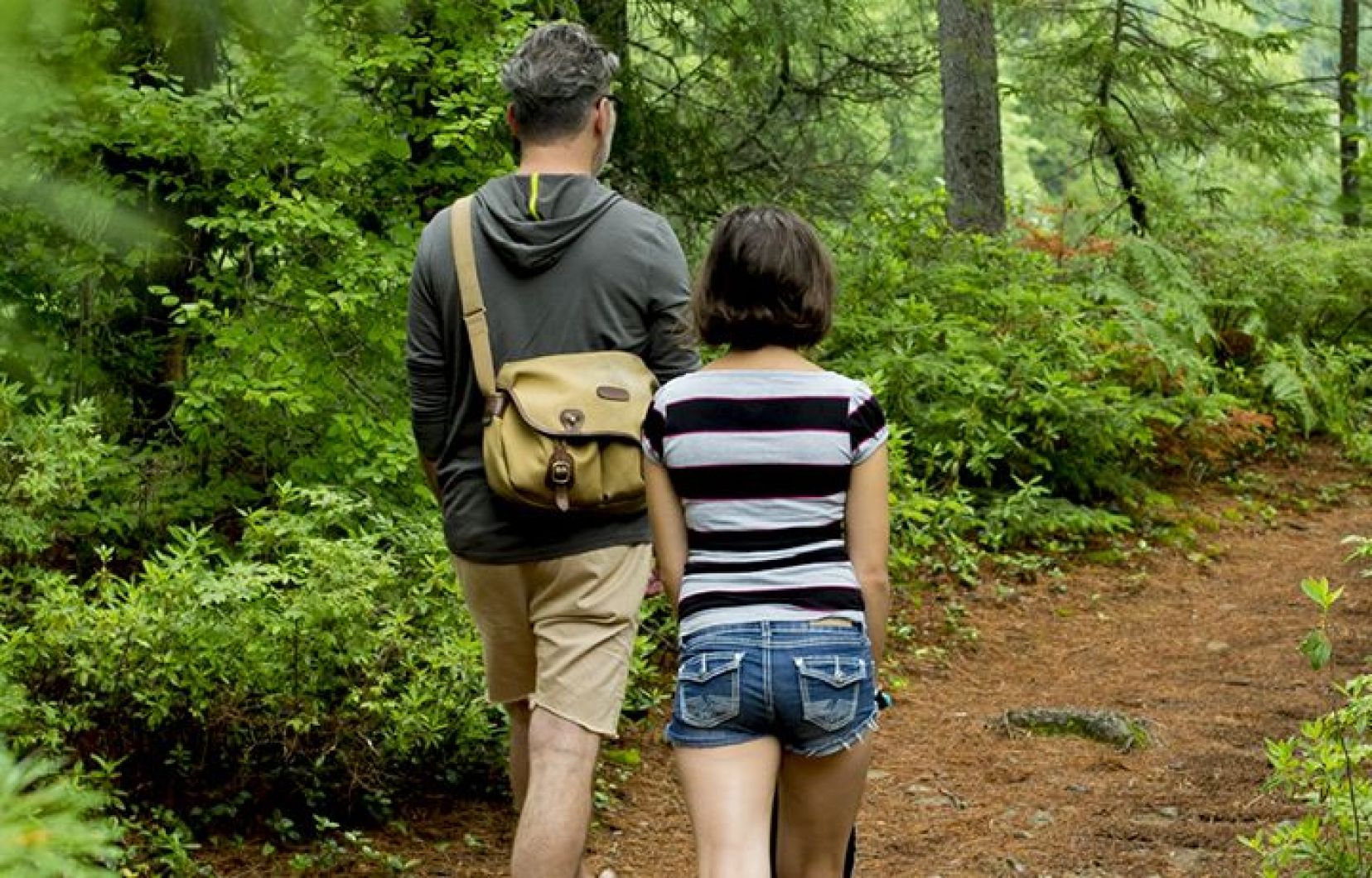There was the threat of logging. That of a commercial maple grove. Not to mention the risk of residential construction. Faced with these dangers that threatened the almost intact forest near their homes, about twenty citizens of Mauricie themselves bought the woods in order to preserve it as is. More than just a piece of territory, this newly protected land creates an “ecological corridor” in the region.
No less than 2.5 square kilometres of forest adjoining the Mauricie National Park have thus been protected from any development.
Denis Trépanier was at the conference announcing the creation of this new protected park in the region on Friday. He represents the 22 donors who collectively paid $650,000 to purchase the land. “We talk a lot about eco-anxiety. When you do something like this, it helps to heal,” he explains. [Pour atteindre la cible de Québec de protéger 30 % de son territoire]we can’t just rely on public lands and government aid. Citizens have to get involved to achieve our goals.”
This piece of forest is not like the others. It forms an “ecological corridor” that connects the Mauricie National Park to the Tourbière-du-Lac-à-la-Tortue nature reserve, the largest peat bog in the St. Lawrence lowlands.
It connects two already protected sectors and was “essential” for the protection of biodiversity, explains the project manager for the Nature Conservancy of Canada (NCC), Gabrielle Cauchon Déry. “It’s all well and good to say that inside the park, we have healthy natural environments, but if the surrounding environments don’t allow for movement, there’s a piece of the puzzle missing. It’s important that this core not be isolated from the rest. Animals need to move around to reproduce, exchange genes, and feed.” Her team will manage this newly acquired, almost intact nature by paying taxes and ensuring a minimum of surveillance against poaching.
Since the start of the CNC’s “ecological corridor” initiative in 2017, more and more groups of citizens have come forward to buy land and put it in the hands of biologists and especially Mother Nature. Such a corridor is emerging between Mont-Tremblant National Park and Plaisance National Park in the Outaouais. These conservationists are also working on natural corridors between the different Monteregian hills. “We have all the structures to allow for long-term conservation. [L’achat de territoire par les particuliers]it is in our arsenal of tools to protect nature,” says Gabrielle Déry.
For now, the forest that the Shawinigan River crosses will preserve the habitat of several species at risk, including salamanders, the wood turtle and birds such as the bobolink and the eastern meadowlark.
One forest, 22 different reasons
Among the 22 donors who made the purchase of land in Mauricie possible, there were 22 different reasons for participating, says Denis Trépanier. They included teachers, retirees, doctors; in other words, people with all sorts of wallets.
He wanted to preserve this bird watching ground. For others, it was out of “social altruism” or to “leave something concrete” to future generations. “If we do nothing, what will happen? Well, what are we doing now! People came away from this with immense pride.”
Convincing them was not the most complicated thing, he says. “When I started contacting people to find out if there was a way to intercept the sale of this territory, some were less capable than others. It’s not very profitable. The goal is not to resell it, but to protect it.”
The hardest part was finding the right administrative formula to manage the territory. After several attempts, it was the CNC’s offer to take care of the site that unblocked everything. Any citizen who would like to preserve an environment near their home should contact a conservation organization in their region, advises Gabrielle Cauchon Déry. Protecting ecological corridors has become one of the major priorities of nature protection groups in recent years.
This story is supported by the Local Journalism Initiative, funded by the Government of Canada.
